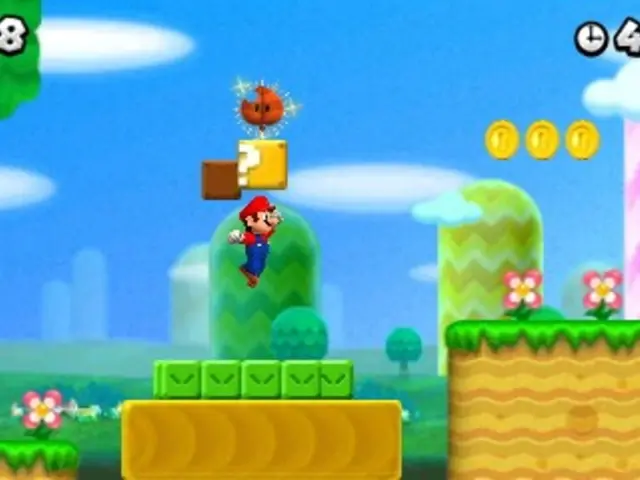Addressing and Managing Couch Grass Issues
Couch grass, also known as common couch or quackgrass, is a persistent and invasive perennial grass that can wreak havoc in gardens and lawns. This clump-forming plant competes for water and nutrients with other garden plants, making its control essential for a healthy and thriving garden.
In the quest for effective control, both organic and chemical methods can be employed.
### Organic Methods
For small infestations, manual removal is the most straightforward approach. Dig out the grass by hand, ensuring you pull out every root and rhizome piece to prevent regrowth, as leftover fragments will sprout again.
A vigorous, well-fertilized lawn is a natural deterrent for couch grass. Keeping your lawn dense and healthy through proper fertilization, watering, and mowing practices reduces the opportunity for couch grass to spread.
Soil improvements, such as reducing soil compaction and improving drainage, can also discourage couch grass growth. This plant prefers weakened turf conditions, so maintaining a healthy soil structure is crucial.
For those who prefer a more DIY approach, a homemade organic spray involving vinegar (acetic acid), salt, and dish soap can be used. This mixture desiccates the foliage and root system, killing the weed. However, caution is advised as salt can alter soil pH and affect nearby desirable plants.
Regular slashing of couch grass with a sharp knife weakens and loosens the plant, making it easier to pull out. Digging out couch grass roots and stolons at the edge of infested lawns is also effective in controlling its spread.
### Chemical Methods
For warm-season lawns, herbicides such as Certainty herbicide combined with surfactant are effective in controlling couch grass. The use of pre-emergent and post-emergent herbicides specifically formulated for couch grass can help, but selecting the right product for your specific lawn type and couch grass species is critical.
It's important to follow label recommendations to minimize damage to desirable turf. Chemical methods require regular re-application to maintain control.
Using a systemic weedkiller on couch grass in spring is another control technique. However, it's crucial to note that couch grass can be found in freshly dug soil, established flowerbeds, and even cracks in paving, necessitating a thorough approach to control.
Couch grass reduces crop yields in vegetable beds and produces flowerheads followed by seeds, allowing further spread. This invasive plant can infest flower and vegetable beds from lawns, making a combined approach of organic and chemical methods the most effective strategy.
In summary, a combination of organic and chemical methods might provide the best results in controlling couch grass. Manually digging out all parts of couch grass and maintaining a vigorous, well-fertilized lawn are key organic strategies, while targeted herbicide use like Certainty is effective chemically. Homemade vinegar-based sprays may help with small patches but require caution due to soil health effects. An integrated approach, combining cultural practices, mechanical control, and judicious herbicide use, often yields the best long-term control.
In the home-and-garden realm, maintaining a healthy and thriving garden requires effective management of persistent weeds like couch grass. A key organic method for controlling couch grass is manual removal, which involves pulling out every root and rhizome piece to prevent regrowth.
Gardening enthusiasts who prefer a DIY approach can also create an organic spray using vinegar, salt, and dish soap. This mixture desiccates the foliage and root system, killing the weed, but caution should be taken as salt can alter soil pH and affect nearby desirable plants.








